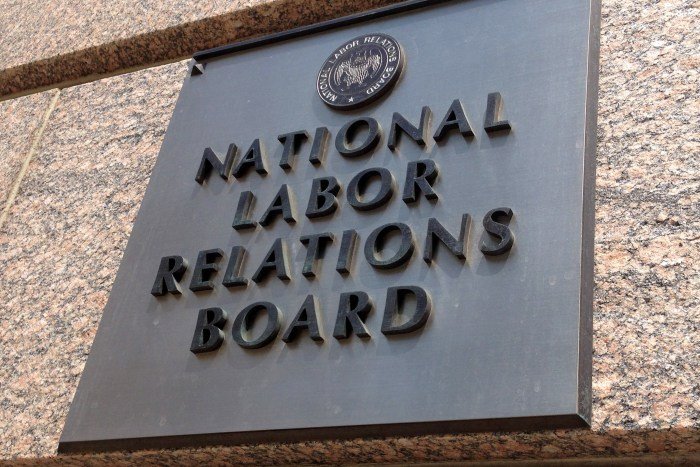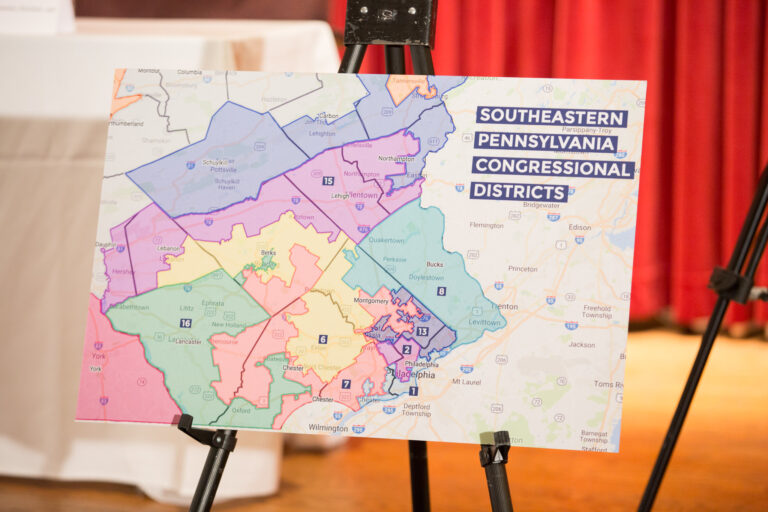Mackenzie Bouverat is a student at Harvard Law School.
On January 29th, the House Majority leader indicated that the House would this week consider the Protecting the Right to Organize Act. While the bill passed the labor committee in September 2019, it was put on hold until early January, when House leaders received a letter signed by seventy-six House Democrats, urging them to bring the bill up for a vote.
The PROAct amends the National Labor Relations Act (NLRA), the Labor Management Relations Act, 1947 (LMRA), and the Labor-Management Reporting and Disclosure Act of 1959 (LMRDA). Whereas the proposed amendments to the NLRA substantially expand the rights of private sector workers to organize, the amendments to the LMRA and LMRDA largely seek to bring the provisions of those acts into alignment with the proposed amendments to the NLRA.
One of the PROAct’s primary aims is to address the lack of deterrence for unfair labor practices. To this end, the PROA authorizes the National Labor Relations Board (NLRB) to assess punitive damages against employers who wrongfully terminate employees. Under the current provisions of the NLRA, wrongfully terminated employees are entitled only to back pay. Further, the PROAct authorizes the imposition of liability on corporate officers or directors who participate in violations of workers rights, or fail to prevent violations of which they were aware.
Under current labor law, workers may turn only to the NLRB General Counsel to enforce their NLRA rights. The proposed bill authorizes a person who is harmed by labor law violations or unfair labor practices to bring a civil action against their employer, as an individual or as part of a class action lawsuit. The PROAct also seeks to rectify the notoriously long wait times for NLRA action against employers who violate labor rights by requiring the NLRB to issue an immediate injunction to reinstate a wrongfully terminated employee while their case is pending. Finally, the PROA empowers the NLRB to enforce its own rulings, in lieu of its current dependence on judicial enforcement by the Court of Appeals.
The bill presently has 218 sponsors–just enough votes to ensure its passage in the House–but commentators expect it will be “dead on arrival” in the Republican Senate. Nevertheless, the Act signals the direction the Democrats might take should they regain control of the Senate.






Daily News & Commentary
Start your day with our roundup of the latest labor developments. See all
December 17
The TSA suspends a labor union representing 47,000 officers for a second time; the Trump administration seeks to recruit over 1,000 artificial intelligence experts to the federal workforce; and the New York Times reports on the tumultuous changes that U.S. labor relations has seen over the past year.
December 16
Second Circuit affirms dismissal of former collegiate athletes’ antitrust suit; UPS will invest $120 million in truck-unloading robots; Sharon Block argues there are reasons for optimism about labor’s future.
December 15
Advocating a private right of action for the NLRA, 11th Circuit criticizes McDonnell Douglas, Congress considers amending WARN Act.
December 12
OH vetoes bill weakening child labor protections; UT repeals public-sector bargaining ban; SCOTUS takes up case on post-arbitration award jurisdiction
December 11
House forces a vote on the “Protect America’s Workforce Act;” arguments on Trump’s executive order nullifying collective bargaining rights; and Penn State file a petition to form a union.
December 8
Private payrolls fall; NYC Council overrides mayoral veto on pay data; workers sue Starbucks.